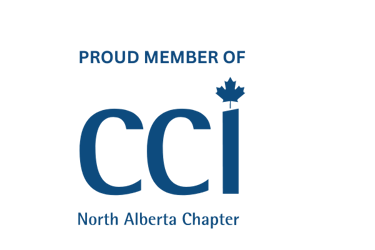3 Tips to Getting a tailored Reserve Fund Study
A one-size-fits-all Reserve Fund Study can leave your condominium corporation unprepared for the future. Learn three essential tips on how to communicate your board's management style, financial strategy, and funding goals to your planner to get a truly tailored and effective plan for your community.
Jermele Campbell
10/11/20253 min read


A Reserve Fund Study (RFS) isn't just a document; it's the financial roadmap for your condominium corporation's future. A generic, "one-size-fits-all" plan can leave your community unprepared for major repairs and replacements. To ensure your RFS truly reflects your property's unique needs and goals, your board needs to provide your reserve planner with clear direction.
Here are three essential tips to help you get a tailored RFS that works for your corporation. 🏡
1. Define Your Board's Philosophy: Proactive or Reactive?
The first step is a bit of self-reflection. How does your board prefer to operate? Clearly communicating your management style to your planner is crucial for tailoring the timing of projects.
Proactive Board: Does your board believe in preventative maintenance and staying ahead of the curve? A proactive approach focuses on replacing components before they fail, minimizing unexpected disruptions and potentially costly emergency repairs. This often means a more aggressive replacement schedule in your RFS.
Reactive Board: Is your board more comfortable addressing issues as they arise to maximize the life of each component? This approach can work to keep contributions lower in the short term but carries a higher risk of surprise failures and special assessments.
Let your planner know if you're the "change the oil every 5,000 km" type or the "wait for the check engine light" type. This insight allows them to build a plan that aligns with your board's operational comfort level.
2. Clarify Your Financial Timeline: Pay Now or Pay Later?
Every financial decision involves a trade-off. Your board must decide on a strategy that balances the financial comfort of current owners with the financial security of future owners. The core question is: Do we want lower fees now, even if it means higher fees or special assessments later?
This strategy can be particularly useful for smaller complexes where the long-term use of the property might change, or for buildings with a younger demographic of owners. Deferring costs pushes the financial burden to future residents. Conversely, a more aggressive funding plan ensures fairness between current and future owners, building a healthy reserve fund for predictable, stable contributions over time.
Discussing this with your planner allows them to model different contribution scenarios, showing you the long-term impact of keeping fees low today.
3. Understand Your Funding Goals
Your reserve planner can recommend various funding models, but knowing the basic concepts will help you guide them toward the best fit for your corporation's risk tolerance. Here are the common models in Alberta:
Fully Funded Approach: The gold standard. This means maintaining a reserve fund balance that is at or near 100% of the calculated deterioration of your common property. It's the lowest-risk model and virtually eliminates the need for special assessments.
Threshold Funding: A practical middle ground. The goal here is to keep the reserve fund balance above a certain minimum level or "threshold." This ensures you always have adequate cash on hand for predicted projects in the short term, balancing financial security with reasonable owner contributions.
Baseline Funding (or Zero-Balance): The highest-risk approach. This model aims to keep the fund balance just above zero. While it means the lowest possible contributions, it leaves the corporation highly vulnerable to any unexpected repairs and makes special assessments almost inevitable.
By telling your planner that you're aiming for a specific funding goal—whether it's the security of a threshold model or the ideal of being fully funded—you empower them to create a clear and achievable plan.
A tailored RFS is an investment in your community's financial health. By communicating your board's philosophy, financial timeline, and funding goals, you give your planner the tools to create a roadmap that truly serves your property.
Ready to build a plan that fits? Contact Oak Reserve Planning today for a consultation!


